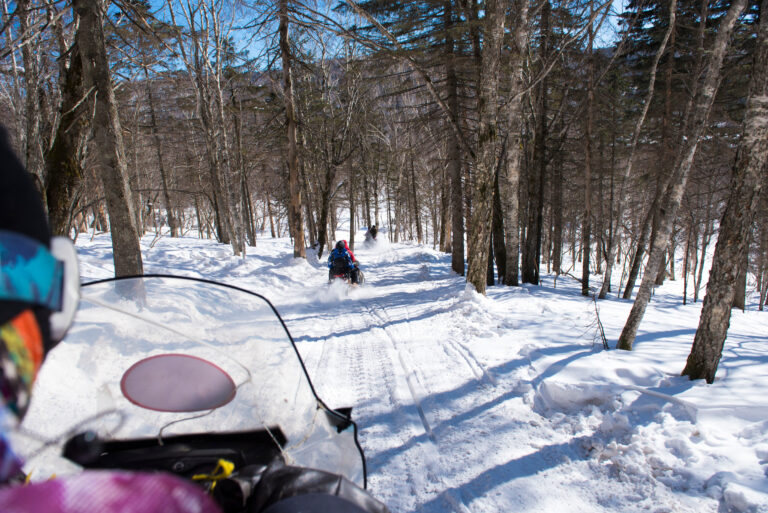By Joel Sattgast
If you’ve lived in the Northwest for any length of time, it’s likely you’ve developed an appreciation for the intricacy and beauty of our ecosystems. Having recently returned to Washington from North Carolina, my family and I were reminded of the remarkable biodiversity and landscapes that are found throughout the region that support habitat and countless opportunities for spring and summer recreation.
As we traveled west to Washington last summer, we were also reminded of the challenges our ecosystems face. We encountered day after day of haze and smoke—a result of natural yet increasingly large and intense wildfires that burn forests and grasslands and threaten communities each summer.
Ecosystems thrive when each contributing part is in balance with each other. Unfortunately, a variety of factors have contributed over the past century to stress our landscapes in ways we have never seen. It’s not just the health and wellness of our natural landscapes that have been stressed in recent years, but also all of us.
Recent data from the American Heart Association, American College of Sports Medicine, Centers for Disease Control, and National Institutes of Health all paint a rather bleak picture of our societal health and wellness landscape. But our personal wellness ecosystems, as you will, are something we have more power to work on.

When considering the five broad determinants of health—genetics, behavior, environment and physical influences, social factors, and medical care—some are within our control (i.e. modifiable factors like sleep, nutrition, activity and wellness, recovery, education) and some largely outside of our control (i.e. non-modifiable factors like genetics, environment, and past medical history).
While debate exists as to which is more impactful to our health, most sources agree our modifiable factors significantly contribute to the balance of our health and wellness ecosystem.
As it turns out, these modifiable factors account for as much as 50% of our overall health and wellness outcomes. When unbalanced, the impact is profound. Currently, less than 3% of Americans achieve the recommended daily activity level, consume a healthy, balanced diet, maintain a healthy body weight and composition, and refrain from smoking. Add in sleep, hygiene, stress and mental wellness, to highlight a few other modifiable factors, and the data is unsettling.
So how do we nurture and restore balance to our wellness ecosystem? A new year provides an opportunity for self-reflection and goal setting. Before you sign up for a gym membership, buy the newest hiking boots, make a resolution to achieve >8 hours of sleep per night, or even swear off the post-hike burgers and beer, ask yourself three questions:
1. What wellness goals do I have for 2022?
Write down as many as you can think of. Maybe you’re excelling in some areas but find yourself struggling in others. Write them down and then prioritize your top three.
2. Who can I partner with to achieve your goals?
It you want to lay the groundwork for longevity and consistency, partner with those who share your mindset and will foster your success. It really does take a village.
3. why am I doing this and what’s my purpose?
Think of this as your personal mission statement. Understanding your internal motivation increases your conviction and confidence in the process.
Making the time to outline and answer these questions helps begin to align your priorities in a way that enhances the balance of your individual health ecosystem. You can modify your overall health by making small, intentional changes. Undoubtedly, it will take time, sacrifice, and consistency—but then again, anything worth doing generally does.
Originally published as “3 Steps to Better Health in the New Year” in the January-February 2022 issue.
Joel Sattgast is a physical therapist, running and triathlon coach, and an Asst. Professor at Eastern Washington University. He spends time outdoors with his family and two dogs whenever possible.
Find more Health & Fitness stories in the OTO column archive.













